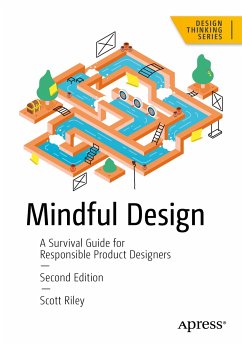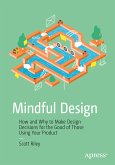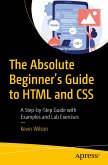You'll examine how human behavior can be used to integrate your product design into lifestyle, rather than interrupt it, and make decisions for the good of those that are using your product. You will also learn about the neurological aspects and limitations of human vision and perception; about our attachment to harmony and dissonance; and about our brain's propensity towards pattern recognition and how we perceive the world around us. In the second half of the book, you'll follow along with the key phases of a design project, implementing what you have learned in an end-to-end, practical setting.
Design is a responsibility, but not enough designers understand the human mind or the process of thought. Mindful Design, Second Edition introduces the areas of brain science that matter to designers, and passionately explains how those areas affect each human's day-to-day experiences with products and interfaces, providing a battle-tested toolkit to help you make responsible design decisions.
You will:
- Review how attention and distraction work and the cost of attentional switching
- Use Gestalt principles to communicate visual grouping
- Ensure your underlying models make sense to your audience
- Use time, progression, and transition to create a composition
- Carefully examine controlling behavior through reductionist and behaviorist motivation concepts
- Apply the theoretical knowledge to practical, mindful interface design
Dieser Download kann aus rechtlichen Gründen nur mit Rechnungsadresse in A, B, BG, CY, CZ, D, DK, EW, E, FIN, F, GR, HR, H, IRL, I, LT, L, LR, M, NL, PL, P, R, S, SLO, SK ausgeliefert werden.









